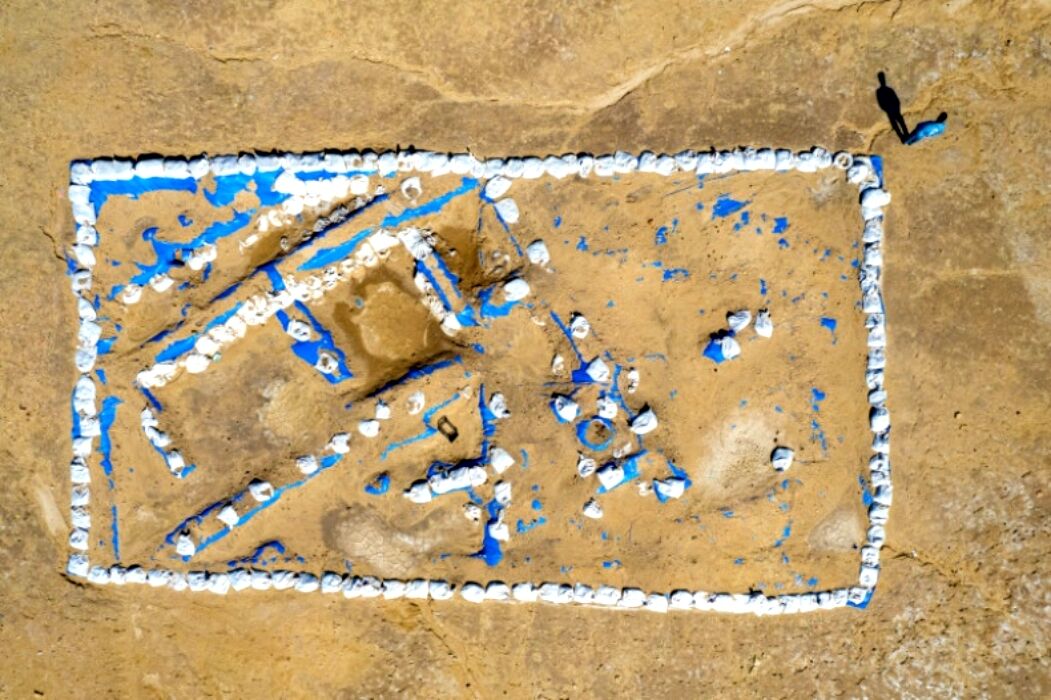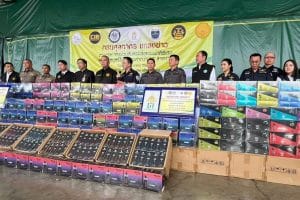5,000 year old tavern found in Iraq

Feel like your local pub is a bit old and dated? Archaeologists have discovered the remains of a tavern dating back almost 5,000 years in the ruins of ancient Lagash in southern Iraq. The site was uncovered in the northeast of the modern city of Nasiriyah by a US-Italian team.
Southern Iraq was home to some of the earliest cities in the world. This area of the country is already known to have been one of the first urban centres of the Sumerian civilisation of ancient Iraq.
Some impressive ancient tech for a big party was uncovered as well. The team found the remains of a primitive refrigeration system, a large oven, benches for diners, and around 150 serving bowls. The bowls contained the bones of animals and fish.
Signs of beer consumption were also found. Beer was common among Sumerians – a nearby temple even contained cuneiform tablets with beer recipes on them. Project director Holly Pittman explained the findings.
“So we’ve got the refrigerator, we’ve got the hundreds of vessels ready to be served, benches where people would sit… and behind the refrigerator is an oven that would have been used… for cooking food. What we understand this thing to be is a place where people — regular people — could come to eat and that is not domestic. We call it a tavern because beer is by far the most common drink, even more than water, for the Sumerians.”
The emergence of new social classes was made possible by agricultural surpluses resulting from the domestication of the first crops. These social classes were not involved directly in food production and were able to move away from farmlands, leading to the birth of cities.
The tavern was found in the Lagash area of southern Iraq, close to where the Tigris and Euphrates rivers meet. This area was known for its fertility and was often referred to as the “garden of the gods” by the ancients. A string of Sumerian cities grew in the region dating back to the early dynastic period.
The archaeological team hopes to learn more about the occupations of the people who used the tavern in its heyday around 2700 BC to throw new light on the social structure of the first cities, according to Pittman.
“There is so much that we do not know about this early period of the emergence of cities and that is what we are investigating. We hope to be able to characterise the neighbourhoods and the kinds of occupation… of the people that lived in this big city who were not the elite. Most of the work done at the other sites focuses on kings and priests. And that is all very important but the regular people are also important.”
Latest Thailand News
Follow The Thaiger on Google News:


























